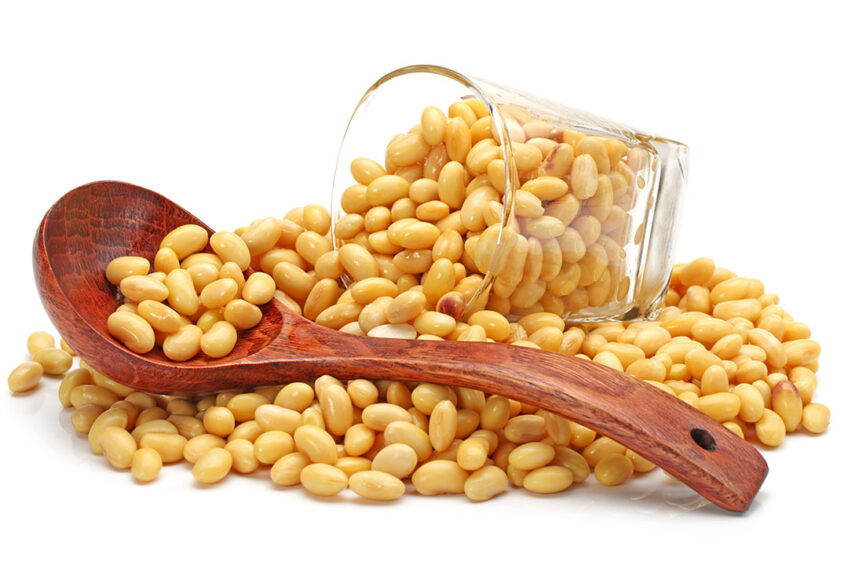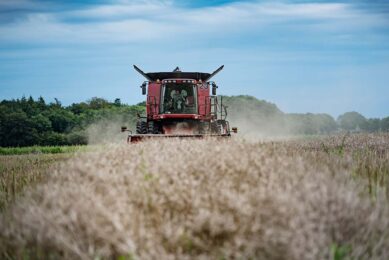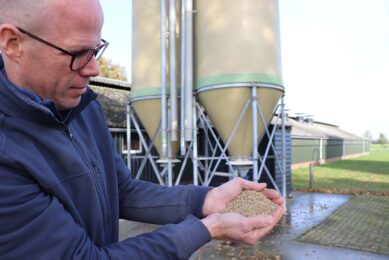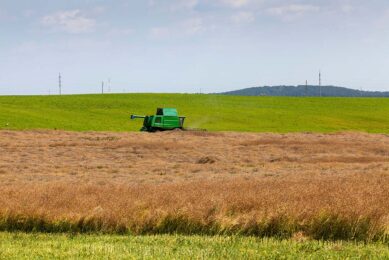Oilseeds record significant price gains

Soy in Chicago and rapeseed in Paris were up about 7-8% at the beginning of the week compared to the middle of last week. In particular, a new report from the US Department of Agriculture (USDA) on soybean sowing in the United States gave impetus to higher prices.
In March of this year, the USDA still assumed that the acreage of soybeans would increase slightly compared to last year. The new report from late last week shows the opposite to be true. Instead of slightly more soy, Americans are growing 5% less of this crop than in 2022. This outcome surprised the market and resulted in a price jump.
Yield potential of corn higher than soybean
The growers themselves are not surprised that more corn has been sown and less soy. If the weather conditions are good for sowing corn, it will be at the expense of soya, simply because the yield potential of corn is higher than that of soy. And in the ‘corn belt’, conditions to sow corn this year have been near perfect, except in North Dakota.
New stock estimates
The influence of the new acreage figures on prices was reinforced by new stock estimates. It shows that US soy stocks were 18% smaller on 1 June than a year ago. Stocks are, therefore, smaller than analysts had predicted, which also supports rising prices.
Pressure on rapeseed prices
With regard to rapeseed, some pressure on prices was expected. Partly because the harvest is imminent in the European Union and because a decent supply is expected worldwide. For example, the acreage in Canada is slightly larger than analysts predicted.
Yield expectations in European Union
On the other hand, yield expectations in the European Union are falling somewhat. The French market agency Strategie Grains even lowered its forecast by 600,000 tonnes to 19.8 million tonnes. In a new forecast, the European Commission is aiming for a production of 19.91 million tonnes. That is 1.9% more than the 19.54 million tonnes in 2022, but 0.3 million tonnes less than predicted in the May estimate this year.












